Description
Pyridine: A Versatile Heterocyclic Compound with Broad Applications
Pyridine, represented by the chemical formula C₅H₅N, is a fundamental heterocyclic aromatic organic compound. Its structure, resembling benzene but with one carbon atom replaced by a nitrogen atom, gives it unique chemical properties that make it invaluable across a range of industries and scientific disciplines. Let’s delve into the characteristics, significance, and applications of this fascinating molecule.
Understanding Pyridine’s Structure and Properties
The pyridine ring is a six-membered ring system with five carbon atoms and one nitrogen atom. This structure creates a delocalized π-electron system, similar to benzene, making pyridine aromatic and relatively stable. However, the nitrogen atom introduces significant differences compared to benzene.
- Basicity: The nitrogen atom possesses a lone pair of electrons that are not part of the aromatic system. This lone pair makes pyridine a weak base, capable of accepting a proton and forming a pyridinium ion. This basicity is a key feature exploited in many of its applications.
- Polarity: The electronegativity difference between nitrogen and carbon atoms creates a partial negative charge on the nitrogen and partial positive charges on the neighboring carbon atoms. This polarity makes pyridine miscible with water and most organic solvents, further enhancing its versatility.
- Reactivity: While aromatic, pyridine is less reactive than benzene towards electrophilic aromatic substitution. The nitrogen atom deactivates the ring due to its electron-withdrawing effect. However, it readily undergoes nucleophilic substitution, particularly at the 2 and 4 positions of the ring.
Production and Availability
Pyridine is primarily obtained as a byproduct of coal tar processing and the synthesis of other chemicals. Synthetic routes also exist, including the Chichibabin pyridine synthesis, which involves the reaction of acetaldehyde, formaldehyde, and ammonia. Its relatively easy production and availability contribute to its widespread use.
Diverse Applications Across Numerous Fields
Pyridine’s unique properties make it a highly versatile compound with applications spanning numerous fields:
- Solvent and Reaction Medium: Due to its polarity, basicity, and relatively high boiling point, pyridine serves as an excellent solvent in chemical reactions, particularly in organic synthesis. It can dissolve a wide range of organic and inorganic compounds and can act as a base to neutralize acidic byproducts.
- Pharmaceuticals: The pyridine ring is a common structural motif found in many pharmaceuticals. It is a crucial building block in drugs used to treat various conditions, including:
- Anti-inflammatory drugs: Several nonsteroidal anti-inflammatory drugs (NSAIDs) contain a pyridine ring.
- Antihistamines: Some antihistamines utilize pyridine as a key component.
- Antihypertensive drugs: Certain medications used to treat high blood pressure incorporate a pyridine ring.
- Agrochemicals: Pyridine derivatives are used as herbicides, insecticides, and fungicides in agriculture. Their effectiveness in controlling pests and weeds contributes to increased crop yields.
- Precursor to Other Chemicals: Pyridine serves as a crucial starting material for the synthesis of various other chemicals, including:
- Piperidine: A saturated heterocyclic compound used in the synthesis of pharmaceuticals and agrochemicals.
- Pyridinium salts: Versatile reagents used in organic synthesis as mild oxidizing agents and phase-transfer catalysts.
- Laboratory Reagent: In research laboratories, pyridine is extensively used as a reagent in a wide range of chemical reactions, playing roles such as:
- Acyl acceptor: It accepts acyl groups during acylation reactions.
- Dehydrohalogenation promoting agent: Facilitating the removal of hydrogen halides from organic molecules.
- Buffer: Maintaining a specific pH in reaction mixtures.
Safety Considerations
While widely used, pyridine is a flammable and toxic substance. Exposure can cause irritation to the skin, eyes, and respiratory tract. Proper handling procedures, including the use of appropriate personal protective equipment (PPE) like gloves and eye protection, and adequate ventilation, are essential when working with pyridine.

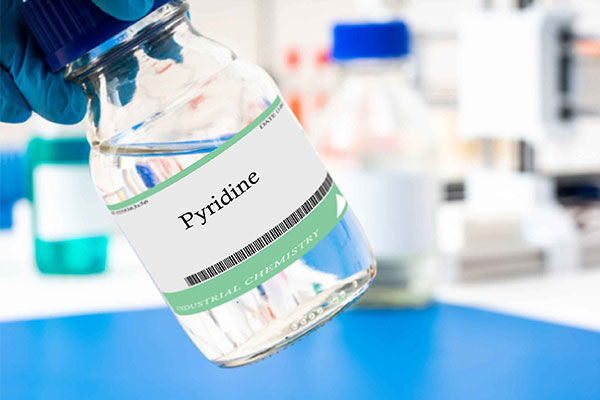

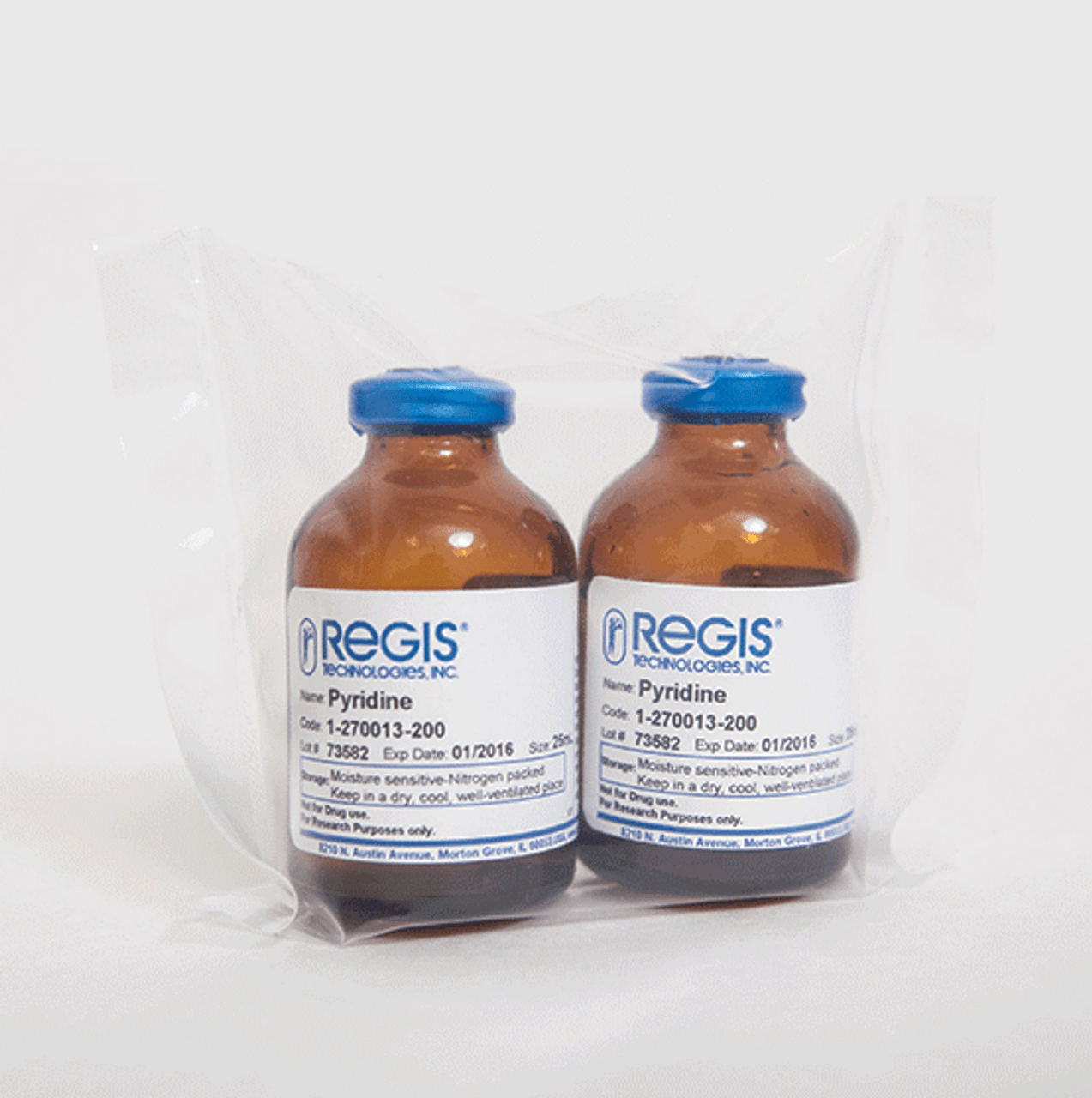
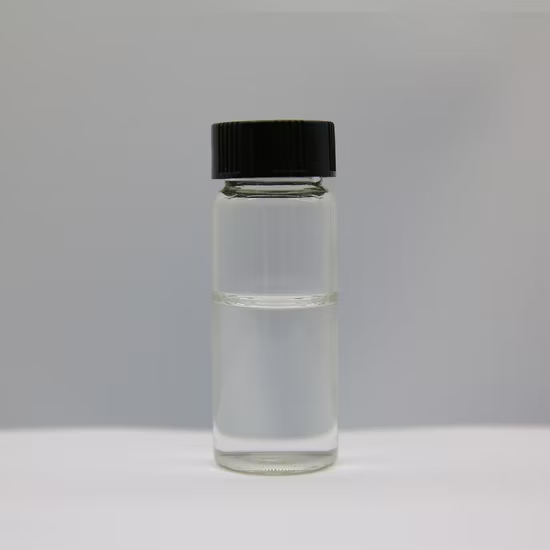

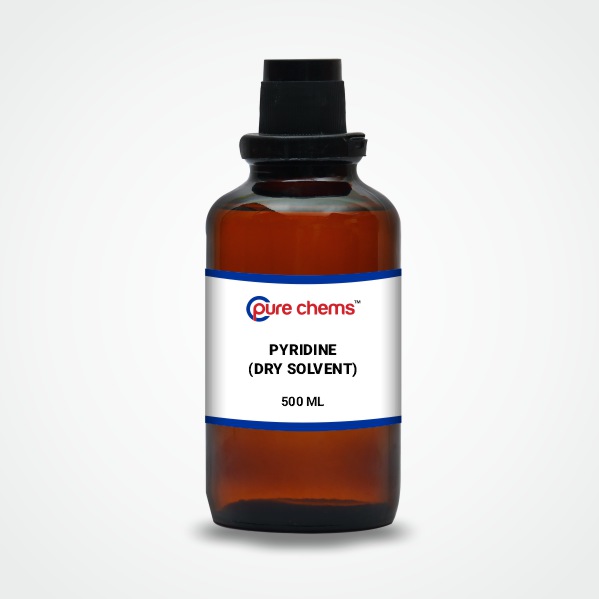
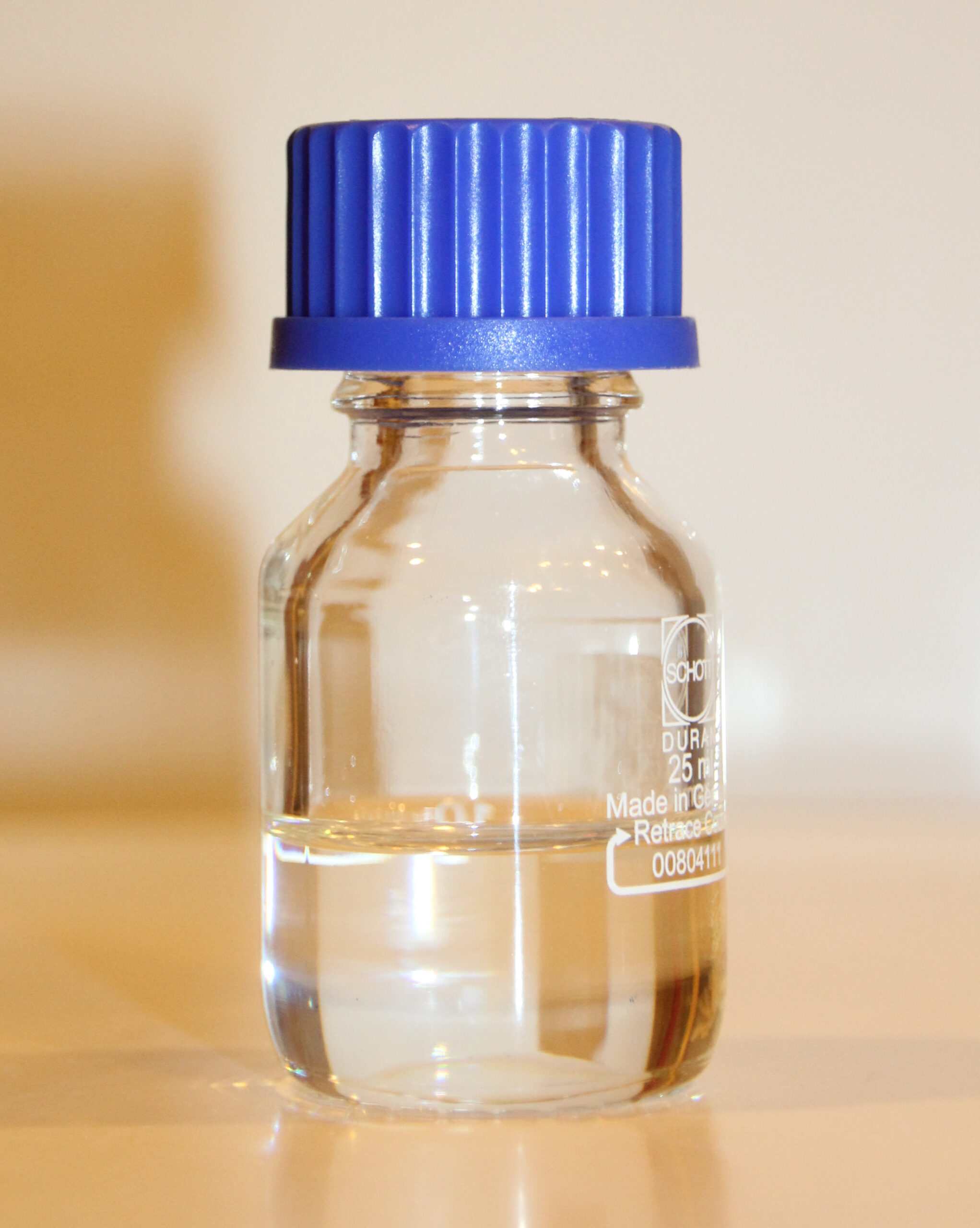







Reviews
There are no reviews yet.